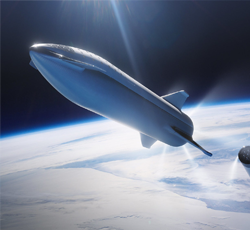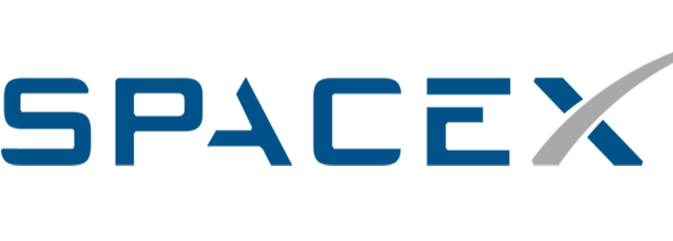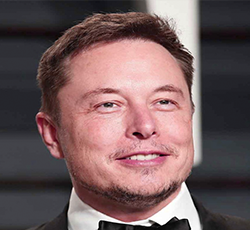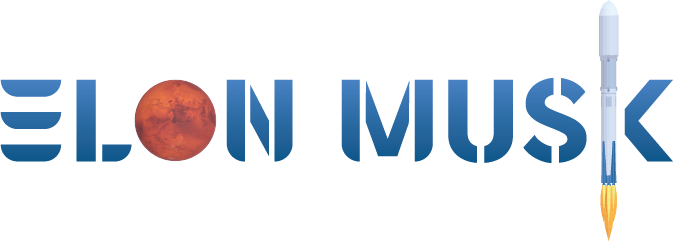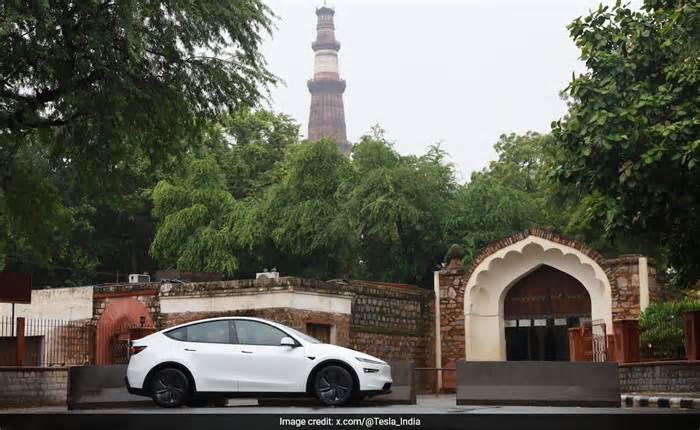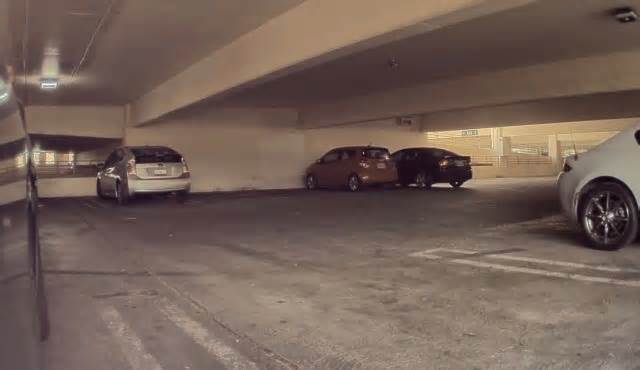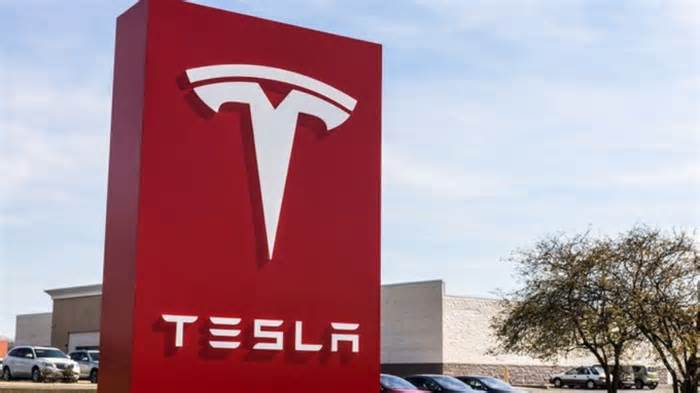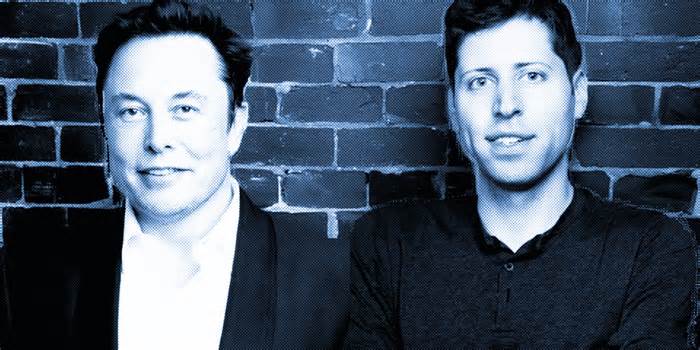
Tesla Q2 Misses on Profit, But Musk Bets Big on Robotaxis and $25k Model 2
- by TechBooky
- Jul 23, 2025
- 0 Comments
- 0 Likes Flag 0 Of 5
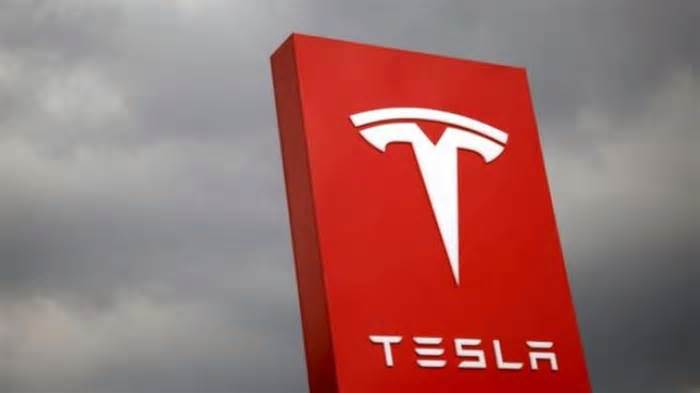
Share on Twitter
Tesla’s second‑quarter results came in with a thud and a promise. Revenue fell 12 percent year‑on‑year to $22.5 billion, reflecting lower average selling prices and soft demand, while GAAP net income slid 16 percent to $1.17 billion and diluted EPS dropped to $0.33, well below the 50‑cent prints investors enjoyed a year ago. Operating profit was hit even harder—down 42 percent to $923 million—as the company leaned on incentives and inventory clear‑outs to keep factories busy. Free cash flow cratered nearly 90 percent to just $345 million.
Yet on the earnings call Elon Musk insisted the quarter marked “the dawn of Tesla’s AI era.” Management touted a 32 billion‑mile jump in cumulative Autopilot data and said its fledgling robotaxi service in Austin is now completing “hundreds of driver‑free trips per week,” a proving ground for the camera‑only FSD stack Musk claims will scale faster than Waymo’s lidar approach. The company reiterated a timeline to unveil a purpose‑built CyberCab robotaxi on 8 August, with volume production targeted for 2026, and confirmed that an affordable new model—known internally as NV9 but widely dubbed “Model 2”—will enter pilot production at Gigafactory Texas in the first half of 2025.
Tesla is paying a steep price to pivot. Capital expenditure climbed five percent year‑on‑year to $2.8 billion this quarter and will keep rising as the company builds GPU clusters for its Dojo supercomputer and retools Austin and Nevada lines for the low‑cost platform. Analysts grilled Musk on the widening gap between hardware margins—now 18 percent versus 25 percent a year ago—and the premium software profits he says are on the horizon. Musk’s answer: “Hardware margin is not the right metric. We’re building a fleet of robots on wheels, and the lifetime value is in autonomy, AI and energy software.”
Wall Street was unconvinced at first; shares slipped about two‑percent in after‑hours trading as headline numbers hit the tape. But the stock clawed back losses when Musk floated the idea of a buy‑back programme funded by future FSD subscription cash flows and hinted that the first Optimus humanoid robots will begin “limited utility work” in Tesla factories by year‑end. Even so, bulls and bears alike agree that Tesla must show tangible traction—real robotaxi miles, paying FSD subscribers and Model 2 production progress—over the next two quarters to justify its AI narrative. With competitors from BYD to Hyundai under‑cutting on price and interest‑rate relief still a question mark, the road to those autonomous riches is narrowing.
For UK investors, the takeaway is stark: Tesla remains an AI and autonomy option play more than a pure‑EV growth story. If robotaxis materialise on Musk’s new schedule, today’s sagging hardware margin could look like savvy customer‑acquisition spend. If not, the Q2 numbers show how quickly profits can skid when unit prices fall and cap‑ex soars. Either way, the next twelve months—Model 2 pilot runs, CyberCab unveil, Optimus field tests—will prove whether Tesla is truly morphing into the “software on wheels” juggernaut Musk envisions or simply running in place while the rest of the auto industry catches up.
Related Posts:
Please first to comment
Related Post
Stay Connected
Tweets by elonmuskTo get the latest tweets please make sure you are logged in on X on this browser.






 Energy
Energy